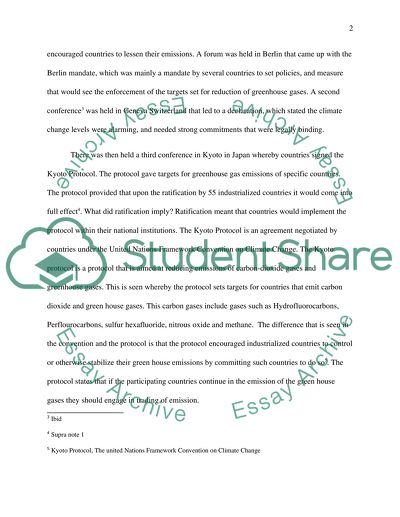Cite this document
(“Implications of USA not Ratifying the Kyoto Protocol Research Paper”, n.d.)
Implications of USA not Ratifying the Kyoto Protocol Research Paper. Retrieved from https://studentshare.org/environmental-studies/1437728-implications-of-usa-not-ratifying-the-kyoto
Implications of USA not Ratifying the Kyoto Protocol Research Paper. Retrieved from https://studentshare.org/environmental-studies/1437728-implications-of-usa-not-ratifying-the-kyoto
(Implications of USA Not Ratifying the Kyoto Protocol Research Paper)
Implications of USA Not Ratifying the Kyoto Protocol Research Paper. https://studentshare.org/environmental-studies/1437728-implications-of-usa-not-ratifying-the-kyoto.
Implications of USA Not Ratifying the Kyoto Protocol Research Paper. https://studentshare.org/environmental-studies/1437728-implications-of-usa-not-ratifying-the-kyoto.
“Implications of USA Not Ratifying the Kyoto Protocol Research Paper”, n.d. https://studentshare.org/environmental-studies/1437728-implications-of-usa-not-ratifying-the-kyoto.


